Managing Vegetation to Mitigate Colorado’s Wildfires
By Sarah Smith
Wildfires ravaged Colorado this summer, wreaking havoc across the state and scorching more than 665,000 acres of land. The 2020 wildfire season marked the worst in the Centennial State’s recent history, and the Colorado Rural Electric Association, representing Colorado’s electric cooperatives, and its member cooperatives are determined to serve as advocates for better wildfire mitigation. The prevention of these devastating fires is not only imperative to restore and maintain the natural beauty of Colorado, but also the functioning of critical infrastructure and, of course, public safety.
Colorado’s electric co-ops work tirelessly to mitigate situations in which their power lines might cause a wildfire. Some approaches include trimming trees on an annual basis to ensure they aren’t coming into contact with electric lines, maintaining the rights-of-way and keeping infrastructure up to code and equipment operating properly.
Holy Cross Energy in Glenwood Springs has taken vegetation management a step further by finding new and innovative ways to utilize technology to pinpoint potential fire risks. Holy Cross recently teamed up with Intel Geospatial, a cloud “geovisual” data management platform, for a proof-of-concept project. The project consisted of performing an overhead system inspection with an unmanned aerial vehicle, and then providing the photos to Intel Geospatial.
“Intel has developed a software platform designed to allow integration of the inspection photos into a set of base maps, which then allows the end user to review the photos more efficiently for system deficiencies and create reports for field crews to repair the issue,” said Cody O’Neil, vice president of the Glenwood Springs district operations group at Holy Cross.
“We look forward to incorporating this software into our system maintenance program, with the end goal of improving our system reliability, which in turn minimizes the chance that the electric system ignites a fire,” O’Neil added.
Sangre de Cristo Electric Association, Inc., in Buena Vista is another cooperative that is thinking outside of the box. The association recently added a $6 per month wildfire mitigation rate rider on SDCEA monthly bills, which began in January 2021. The co-op experienced the depredation of wildfires firsthand with the Decker and Hayden Creek fires. The aftermath of these fires created a major impact on those living near the lasting burn scars, and Sangre de Cristo’s region remains at high risk for an even larger, more severe wildfire in the future.
Despite spending hundreds of thousands of dollars on vegetation management over the past several years, it would take an additional 20 years under the co-op’s current allocated budget to raise enough money to efficiently clear regional electric lines, and the association knew it had to accelerate the process. According to SDCEA, the board approved the $6 per month rate rider for 2021, with an incremental increase of $1 per year until it reaches $10. The rider will be reviewed periodically to guarantee its effectiveness and will be removed from SDCEA bills when it is deemed no longer necessary.
“Over the years, Sangre de Cristo has budgeted and spent millions of dollars cutting back trees in our ROW [rights-of-way] and our easements. We have tried to preserve as many trees as we could. But the recent spate of wildfires in California and Colorado, along with the loss of life and homes, has caused us to re-evaluate our risk and the urgency that it requires. Our highest calling is the protection of life and property,” said Paul Erickson, SDCEA chief executive officer.
The safety and livelihoods of co-op consumer-members are always top-of-mind, which is why CREA, along with its member cooperatives, is pursuing a three-pronged approach to reduce the threat of wildfires throughout the state. The approach will heavily focus on the power line rights-of-way through the state’s vast landscape. The three prongs are:
1. Reviewing the vegetation management strategies in rights-of-way with private landowners and public land managers. Sometimes, co-ops and other utilities experience difficulties accessing the rights-of-way or easements if they can’t gain permission from adjacent landowners to cross their land.
2. Working with policymakers on changes that will allow for better vegetation management in rights-of-way.
3. Joining the National Rural Electric Cooperative Association in addressing concerns regarding access to rights-of-way on federal lands.
A right-of-way is an easement agreement between the landowner and the co-op allowing the co-op to access the power line (or whatever infrastructure is in the right-of-way). It also allows the co-op to maintain the power line and to clear any trees or other vegetation that might cause a threat to the power line. Generally, the co-op pays the landowner a yearly fee for this access, which is negotiated between landowners and co-ops.
In Colorado, these rights-of-way can vary in width depending on the type of power line running through the rights-of-way or according to the agreements with landowners. Land owned by the state or federal government can present its own set of challenges. Each governmental agency has its own criteria and policies regarding rights-of-way. Sometimes, it can take months or even years to get necessary permits to work within existing rights-of-way or easements. This lack of consistency and often drawn-out processes can make maintaining the vegetation to minimize wildfire risks difficult.
Positive news is on the horizon for electric cooperatives across the nation. “The [federal] agencies have recently taken several positive steps to streamline approvals that allow electric co-ops more timely access to power line rights-of-way located on federal land,” said Janelle Lemen, NRECA regulatory issues director. “NRECA is engaging with the agencies to ensure consistent and coordinated implementation of these regulations.”
That work is having an effect. The U.S. Forest Service issued a final rule on November 19, 2020, under the National Environmental Policy Act, which ensures that co-ops will no longer face a waiting period when there is an emergency vegetation management situation or maintenance that cannot be put on hold.
Wildfires are not completely avoidable, especially during the dry summer months in Colorado. CREA and its member cooperatives are committed to providing safe, reliable electricity at an affordable rate. Vegetation management for wildfires is a fundamental aspect of the service electric cooperatives work to provide to their consumer-members, and co-ops will continue to act proactively on wildfire mitigation. By working together, wildfire threats in Colorado can be reduced.
Sarah Smith, a freelance writer in Colorado, has a long history with electric co-ops.

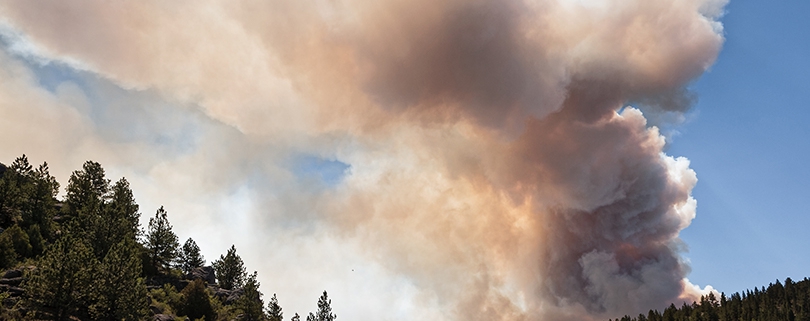
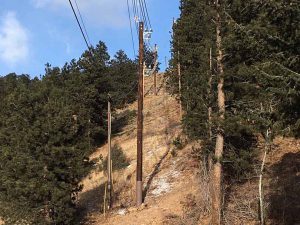
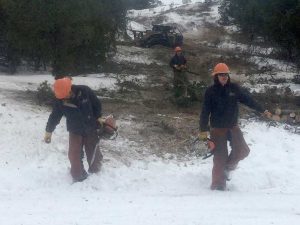


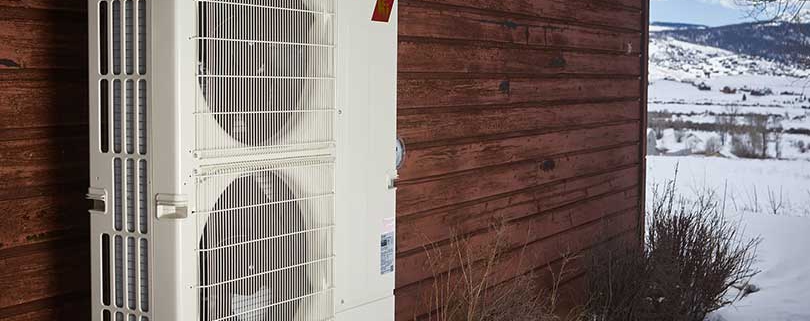
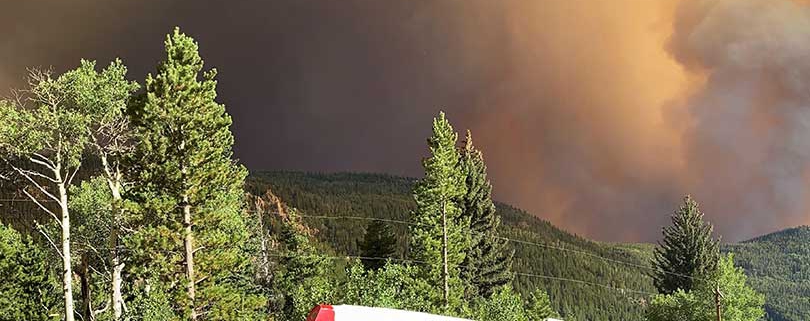
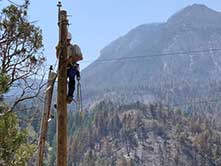
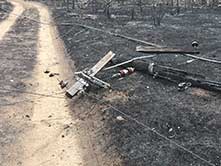
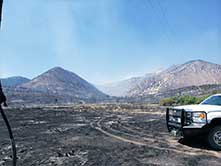
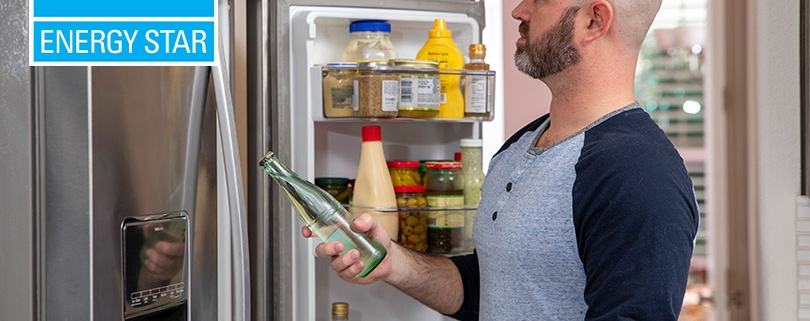

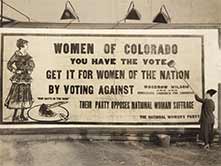
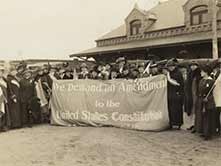
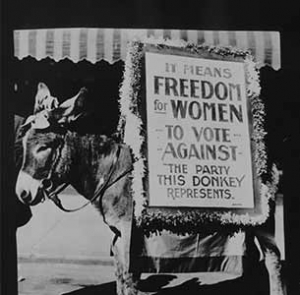
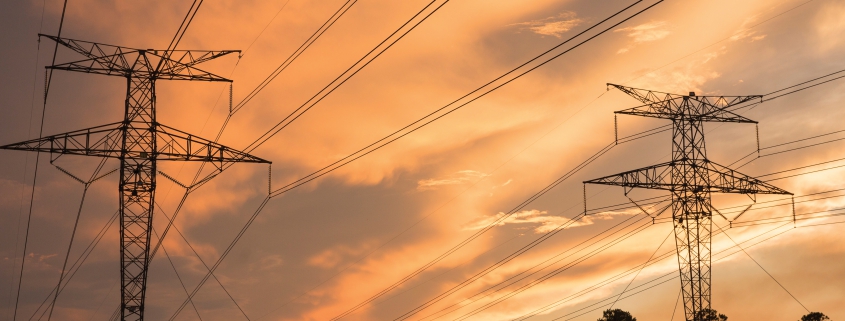
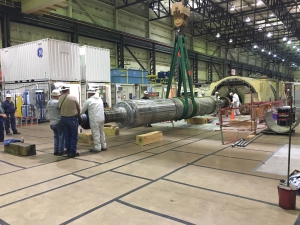


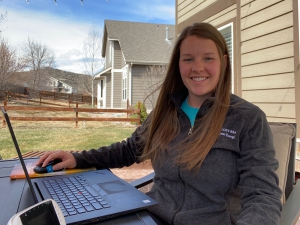
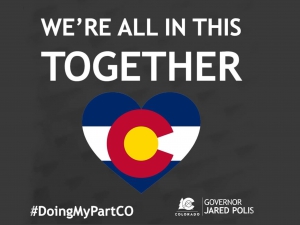 COVID-19 has had a detrimental effect on lives, livelihoods and the economy worldwide, and experts don’t envision a sudden “return to normalcy,” but following the guidelines presented by our health experts and legislators can help us get on the road to recovery.
COVID-19 has had a detrimental effect on lives, livelihoods and the economy worldwide, and experts don’t envision a sudden “return to normalcy,” but following the guidelines presented by our health experts and legislators can help us get on the road to recovery.